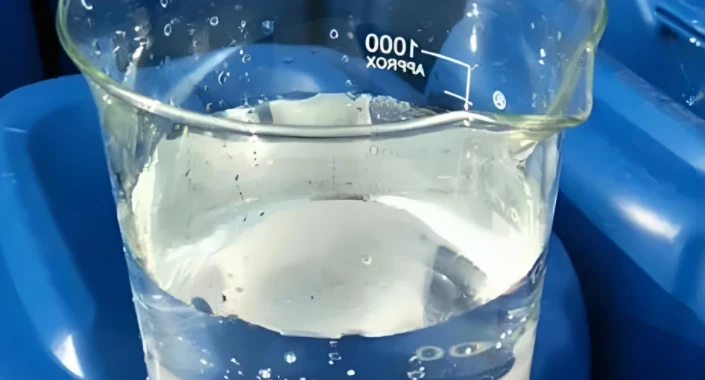



Polyacrylamide Applications in Water Treatment Processes and Techniques
Polyacrylamide (PAM) is a synthetic polymer that has gained prominence in various water treatment applications due to its effectiveness as a flocculant, coagulant, and soil conditioner. Produced through the polymerization of acrylamide monomers, PAM exhibits unique properties that make it suitable for both industrial and municipal water treatment processes. This article explores the role of polyacrylamide in water treatment, its benefits, applications, and environmental considerations.
The Role of Polyacrylamide in Water Treatment
Polyacrylamide is primarily used to enhance the removal of suspended solids, colloids, and other impurities from water. The flocculation process involves the aggregation of fine particles into larger clusters, known as flocs, which can be easily settled or filtered out. PAM is effective in bridging between particles, thus promoting the formation of these larger aggregates. This mechanism significantly reduces turbidity and improves water clarity. Additionally, PAM aids in stabilizing soil structures, making it invaluable in erosion control within water catchments.
Benefits of Using Polyacrylamide
1. Efficiency Polyacrylamide enhances the efficiency of sedimentation and filtration processes in water treatment facilities. Its ability to reduce the sedimentation time and increase the clarity of treated water is particularly beneficial for both municipal wastewater treatment and industrial effluent processing.
2. Cost-Effectiveness The use of PAM in water treatment can lead to lower operational costs. By minimizing the need for additional chemical coagulants and reducing the volume of sludge generated, PAM helps facility operators save on both material and disposal costs.
3. Versatility Polyacrylamide comes in various formulations—anionic, cationic, and non-ionic—allowing users to select the most appropriate type based on the specific characteristics of the water being treated. This versatility means it can be applied effectively in various scenarios, whether dealing with municipal sewage, stormwater runoff, or industrial discharges.
4. Enhanced Water Quality The addition of PAM not only improves the physical characteristics of the water but can also positively impact water quality by reducing levels of harmful contaminants. This is especially critical in environmental protection efforts and water reuse applications.
Applications of Polyacrylamide
Polyacrylamide is utilized across a wide range of water treatment scenarios
polyacrylamide water treatment

- Municipal Water Treatment In the purification of drinking water and wastewater, PAM is used to facilitate the removal of solid particles, pathogens, and other contaminants.
- Mining Industry PAM plays a crucial role in managing wastewater from mining operations by separating fine particles from water, thereby minimizing pollution.
- Oil and Gas Extraction In enhanced oil recovery, polyacrylamide is used to improve the viscosity of water, facilitating better oil extraction while simultaneously treating produced water.
- Agricultural Runoff Management PAM serves as an effective agent in reducing soil erosion and controlling sedimentation in water bodies that receive agricultural runoff.
Environmental Considerations
Despite its numerous benefits, the use of polyacrylamide in water treatment raises some environmental concerns, particularly regarding its degradation products. When PAM breaks down, it can release acrylamide, a compound recognized as a neurotoxin and potential carcinogen. Therefore, careful consideration must be given to the concentration and dosage of PAM used in treatment processes to mitigate risks.
Moreover, while PAM is effective in improving water clarity, its long-term environmental impact is still under investigation, particularly in aquatic ecosystems. As awareness of these issues grows, research into biodegradable alternatives and the development of safer polymers continues.
Conclusion
Polyacrylamide has emerged as a vital component in modern water treatment practices, offering enhanced efficiency and versatility. Its ability to effectively flocculate contaminants makes it essential in various sectors, from municipal to industrial applications. However, as with all chemical treatments, it is crucial to weigh the benefits against potential environmental risks. Ongoing research and development will play a significant role in ensuring that the use of polyacrylamide in water treatment remains safe and effective in an increasingly environmentally conscious world.
-
Why Sodium Persulfate Is Everywhere NowNewsJul.07,2025
-
Why Polyacrylamide Is in High DemandNewsJul.07,2025
-
Understanding Paint Chemicals and Their ApplicationsNewsJul.07,2025
-
Smart Use Of Mining ChemicalsNewsJul.07,2025
-
Practical Uses of Potassium MonopersulfateNewsJul.07,2025
-
Agrochemicals In Real FarmingNewsJul.07,2025
-
Sodium Chlorite Hot UsesNewsJul.01,2025










